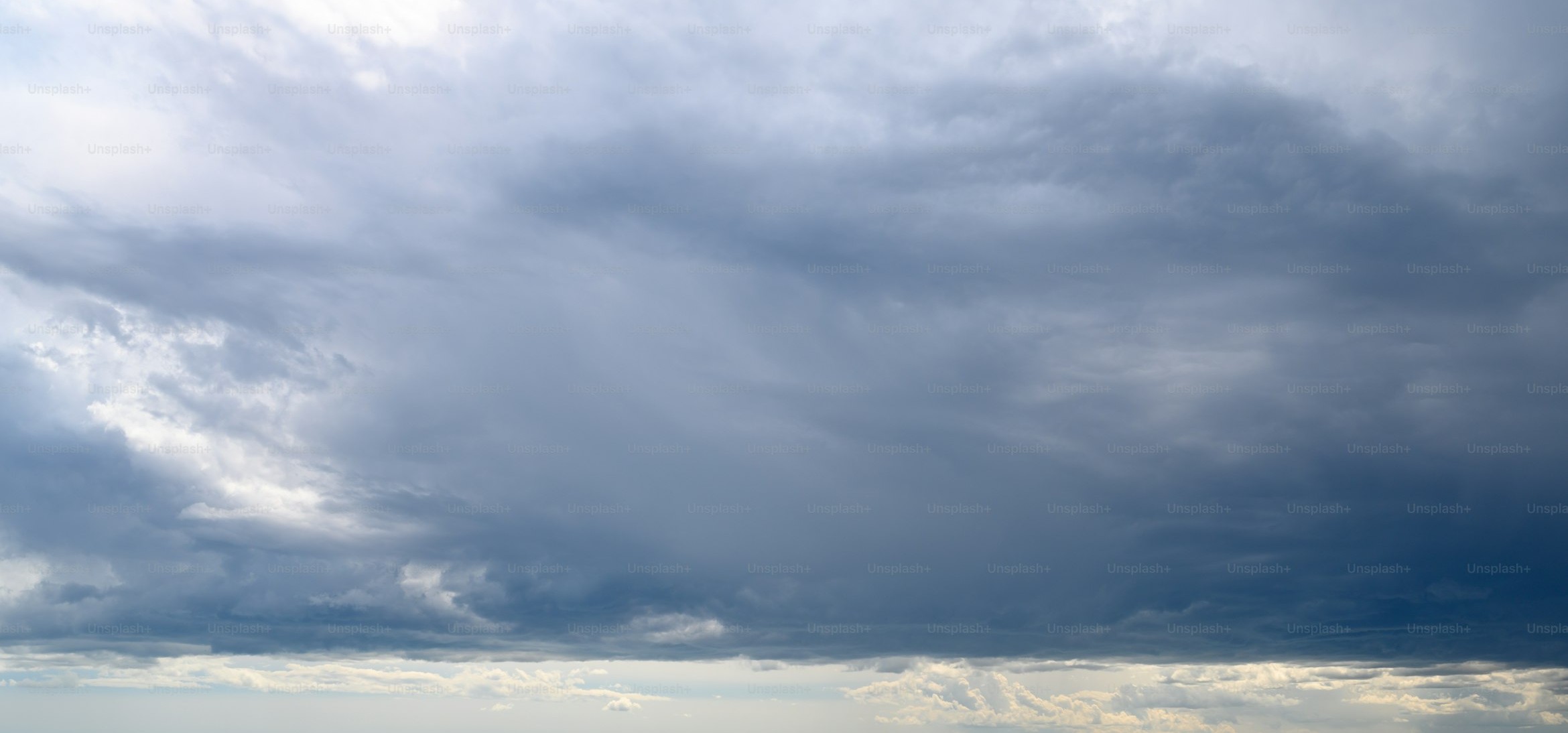
Introduction: Beyond the Surface
If you’ve ever heard the terms “Deep Web” and “Dark Web,” you might think they’re interchangeable—or that they both refer to shady corners of the internet. But this confusion is common and often amplified by sensational media portrayals. The truth is more nuanced—and understanding it is crucial in today’s digital world.
This guide will break down the real difference between the Deep Web and the Dark Web, demystifying what lies beneath the surface of the internet and offering essential tips to help U.S. users navigate online spaces safely.
Disclaimer: This guide is for informational and educational purposes only. Engaging in illegal activities on any part of the internet, including the Dark Web, is strongly discouraged and can have serious legal consequences. Pulsewire.in promotes responsible and legal internet use.
The Surface Web: Your Everyday Internet
The Surface Web is the portion of the internet that is indexed by search engines like Google, Bing, or Yahoo. It includes public websites such as Wikipedia, YouTube, Amazon, and most news or social media sites. Think of this as the tip of the iceberg—the visible part of the internet that most users interact with daily.
The Deep Web: Vast, Everyday, and Mostly Harmless
The Deep Web is everything online that search engines can’t index. While it sounds mysterious, the Deep Web is mostly routine, used by all of us on a daily basis.
Why It’s “Deep”
Content in the Deep Web is often hidden because:
- It resides in dynamic databases (e.g., flight booking systems)
- It requires logins or paywalls
- It’s intentionally hidden from public view for privacy or security reasons
Common Examples of the Deep Web:
- Online banking portals
- Personal email accounts (Gmail, Outlook)
- Cloud storage (Google Drive, Dropbox)
- Subscription-based services (Netflix, Spotify)
- Private social media posts
- Academic journals and government databases
Key Takeaway
The Deep Web is massive, making up over 90% of all internet content. It is legitimate, secure, and necessary for daily internet functions. There’s nothing inherently dangerous about the Deep Web—it’s simply not public-facing.
Keywords: Deep Web explained, what is the Deep Web, Deep Web examples
The Dark Web: Anonymity, Illicit Markets, and Legitimate Uses
The Dark Web is a small subset of the Deep Web that requires special tools—primarily the Tor browser—to access. It’s intentionally hidden and anonymized, making it both a haven for privacy and a hotspot for illegal activities.
How It Works
The Dark Web runs on networks like Tor (The Onion Router), which anonymizes user activity by routing traffic through multiple global relays. This makes it nearly impossible to track.
Misconceptions vs. Reality
While the Dark Web is often portrayed as a lawless underworld of drugs, hackers, and contraband, it also hosts:
- Journalists and whistleblowers communicating securely
- Political activists in oppressive regimes
- Researchers and citizens seeking uncensored access to information
- Privacy advocates who value anonymity
Illicit Uses (Brief Overview)
It’s true that darknet marketplaces do exist and are used to trade illegal goods such as:
- Drugs
- Weapons
- Stolen data and credentials
- Hacking tools
Important: These activities are illegal, monitored by law enforcement, and extremely risky.
Key Takeaway
The Dark Web is not inherently illegal, but it is dangerous if misused. Without proper knowledge and intent, casual browsing can lead to serious legal and cybersecurity risks.
Keywords: Dark Web explained, what is the Dark Web, Tor browser, Dark Web dangers
Staying Safe: Essential Tips for US Users
If you’re concerned about online safety or simply curious, here are essential tips to protect your digital presence:
- Avoid Casual Browsing: Don’t venture into the Dark Web out of curiosity—it’s risky and unnecessary for most users.
- Use a VPN: Encrypt your internet traffic to protect sensitive data from prying eyes.
- Enable Strong Passwords and 2FA: Always secure your accounts with complex passwords and two-factor authentication.
- Keep Software Updated: Update your OS, antivirus, and browsers to defend against vulnerabilities.
- Install Antivirus & Antimalware: Use reputable cybersecurity tools to prevent malware infections.
- Stay Skeptical: Phishing and scams can appear legitimate. Double-check URLs and never click suspicious links.
- Understand Legal Risks: Accessing illegal content on the Dark Web can lead to serious consequences.
Keywords: online privacy US, Tor browser safety, cybersecurity tips
Conclusion: Navigating the Digital Depths Responsibly
The internet is much more than what we see on Google. The Deep Web supports our daily digital interactions securely, while the Dark Web—though not inherently illegal—poses significant risks due to its anonymous nature.
By understanding the difference and following basic safety measures, you can navigate the internet’s hidden layers with confidence.
Disclaimer: This article provides general information and should not be considered legal or security advice. Always exercise caution online.
Call to Action:
Want to learn more about protecting your business online? Visit Pulsewire.in for weekly updates on tech, business, and digital safety!









